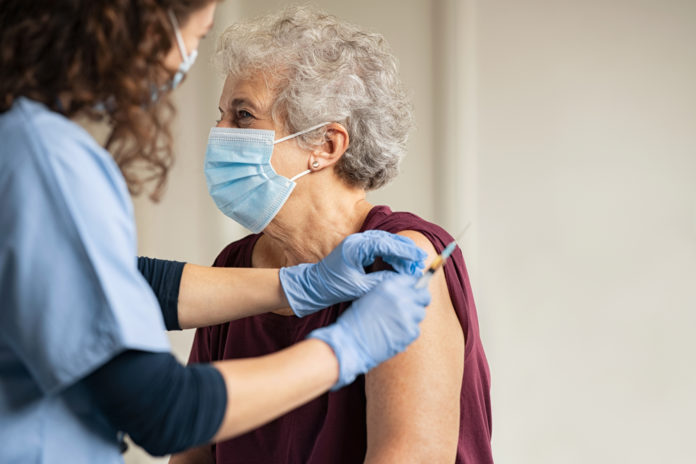After wrestling with the pandemic for almost a year, the U.S. started delivering COVID-19 vaccines in late 2020. As COVID cases continue to climb, the pressure is mounting for agencies and vaccine manufacturers to ramp up distribution. With the population worrying about a possible vaccine shortage, production lines have had to adapt.
Distributing both of the authorized COVID-19 vaccines in the U.S. is far from an easy task. Both the Moderna and Pfizer vaccines require sub-zero storage temperatures, and both need two separate dosages to work. Any disruptions in manufacturing or shipping could result in vaccine delays, keeping them from people who need them and potentially jeopardizing the shot.
Pressure Facing Vaccine Distribution
The scale of the pandemic alone is enough to push vaccine demands to extremes. At the time of writing, medical officials report more than 170,000 new infections a day, on average. Vaccine manufacturers need to work quickly to stop this spread.
As the population grows increasingly anxious about the pandemic, it pushes this demand even higher. One of San Antonio’s vaccination sites filled up all 9,000 openings in six minutes, and occurrences like these aren’t uncommon. To add to the intensity of the situation, some areas are facing vaccine shortages as well.
For example, Michigan is receiving roughly 60,000 doses a week of the Pfizer vaccine, despite having the capacity for 50,000 a day. Factors like the need for extreme cold storage and shipping make it difficult to distribute the vaccines effectively. Production lines are starting to adapt to these challenges, though.
Maximizing Production Productivity
Vaccine producers can address part of the problem by fixing issues that face all manufacturers. Unproductive operations can lead to a 15% decrease in manufacturing capacity, hindering vaccine rollout. By embracing technology, manufacturers can maximize their productivity, ensuring they produce as many doses as possible.
Traditionally, a facility may hire seasonal workers to meet new demand, but that’s not an option amid a pandemic. Instead, these lines turn to automation, using robots to expand their workforce artificially. They can then produce more with fewer workers. Robots are typically faster than people, too, making automation an ideal solution.
Machine malfunctions are a common issue hindering manufacturing productivity. As many as 82% of manufacturing companies have experienced unplanned downtime, lasting an average of four hours. Internet of Things (IoT) sensors in machines can alert workers when equipment may need maintenance. Production lines can then address the issue before it leads to lost productivity, which would lead to vaccine shortages.
Supply Chain Changes
After maximizing production, these companies face the challenge of delivering COVID-19 vaccines on time. IoT sensors can once again help in this area, monitoring the condition of doses in transit. If anything affects the containers’ temperature, these devices can alert supply chain workers so they can push to deliver the vaccines before they expire.
Some logistics companies use location data and machine learning together to improve route efficiency. For example, UPS’s ORION platform adjusts drivers’ routes in real-time in reaction to things like traffic and weather changes. This service has saved them 100 million miles since deployment and can help prevent vaccine delays.
Technologies like ORION can redirect shipments in response to changes on the road ahead and shifting vaccine demand. That way, companies can deliver COVID-19 vaccines as quickly as possible to where they’re needed the most.
Companies Must Leverage Technology to Meet New Demand
As the demand for these vaccines continues to climb, these technologies become increasingly crucial. Manufacturers and supply chains across the world have already made tremendous strides in adapting to meet new demand. They’ll have to keep improving as cases keep climbing.
If these companies can embrace technology to its full potential, it could change the tide in the fight against COVID-19. Vaccine shortages may be looming on the horizon, but if companies adapt quickly enough, they can avoid them.
Emily Newton is the Editor-in-Chief of Revolutionized. She regularly covers industry innovations in the industrial and tech sectors.
Vaccine stock image by Rido/Shutterstock







